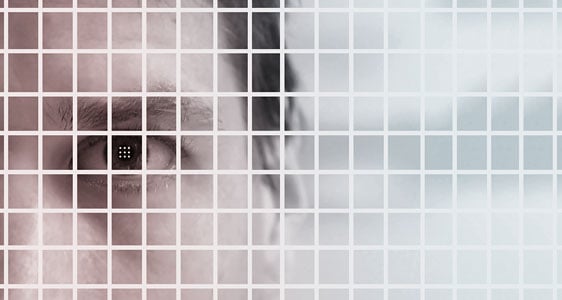
Over the past few years, consumer electronics like smartphones and tablets have adopted biometric technologies to allow users to circumvent their passwords, which have a higher chance of being compromised. The primary goal of these features, such as fingerprint and facial recognition, is to keep users’ data safe—an increasingly high priority due to rising reports of data breaches—but an additional benefit is convenience. According to a study done by ABI Research, the forecasted global biometrics industry will reach $24.4 billion in revenues by 2020, which could see an increase in adoption within security systems in the transportation industry as a means of authentication and identification.
The protection of the public on multiple modes of transportation has always been important to law enforcement and government entities, and integrating facial recognition algorithms provides both a proactive and reactive solution to uphold the safety of citizens:
- By enabling cameras to scan faces as they pass through airport security or a turnstile at a train station, facial recognition software pairs any potential matches against terrorist watch lists or other criminal databases, proactively alerting officials of their presence.
- Conversely, running facial recognition software against recorded video aids criminal investigations, allowing members of law enforcement to follow potential leads and catch suspects.
Facial recognition as a biometric technology has become increasingly accurate over the years, but it still requires somewhat controlled environments, as it is sensitive to video quality, facial expression, lighting, and face orientation. Additionally, it is not without some controversy, especially regarding privacy concerns. Any application of facial recognition needs to be compliant with privacy regulations; law enforcement may only use the technology for specific criminal investigation purposes, and video records cannot be associated to any personal data.
Other recognition biometrics, such as fingerprint and iris readers, authenticate users so as to speed processes and make air travel slightly more convenient. Some airports have installed specialized kiosks within their security lanes to expedite identity verification by accepting biometric data and matching it to a smart ID card. During the registration process, the user sets up the smart card to store the biometric data (instead of locally within the kiosk) so that access may be granted only when the user provides both forms of ID (fingerprint/iris and card). When there is a match detected, identity is verified and the user can be processed through security in under 5 minutes.
While some deployments of face recognition and other biometrics in the transportation industry have been successful, there will always be room for advancement, such as integration of infrared-based facial thermography and 3D sensors for improved detection in low light environments. In any case, crimes against passengers and employees on public transit as well as the threat of terrorism continue to complicate the role of transit security, paving the way for innovative biometric solutions for the future.
